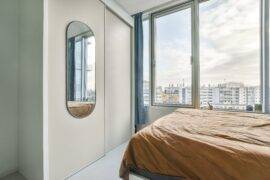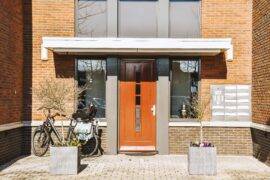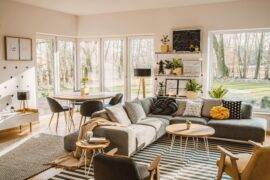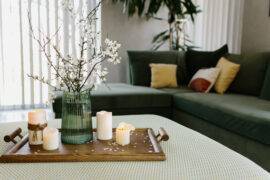A trained upholsterer, Erik Jørgensen (1928–1998) established his workshop—Erik Jørgensen Møbelfabrik—in 1954 in the Danish town of Svendborg. As an artisan, Jørgensen prized craftsmanship, quality and aesthetic pleasure: these attributes are integral to each and every Erik Jørgensen manufactured piece.
The Ox chair
In 1988, Hans J. Wegner (1914–2007), the Danish modernist, craftsman and chair maestro, got in touch with Erik Jørgensen about producing his Ox chair. Originally designed in 1960, the Ox chair’s demanding construction required great dexterity and skill in upholstery. Erik Jørgensen was renowned for his upholstery expertise, and working in collaboration with Wegner, the Ox chair—a truly masculine and sculptural masterpiece—was launched in 1989.
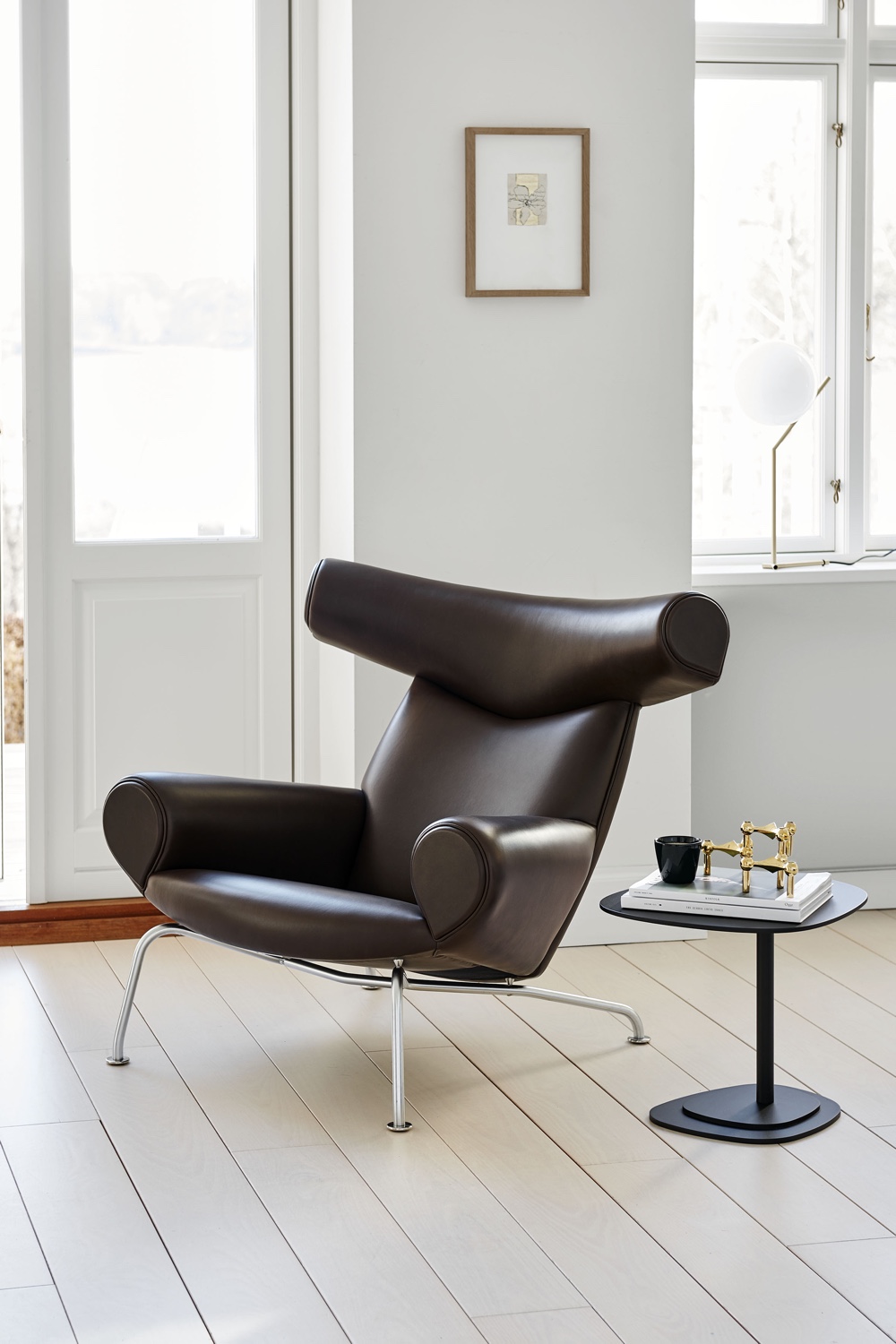
The Corona Chair
In 1964, Erik Jørgensen met Danish furniture designer Poul M. Volther at a furniture fair in Fredericia, Denmark. Noticing the distinctive qualities of Volther’s Corona chair, Jørgensen put it into production. These days, the Corona chair is an example of mid-century Danish design’s exuberant and expressive nature.
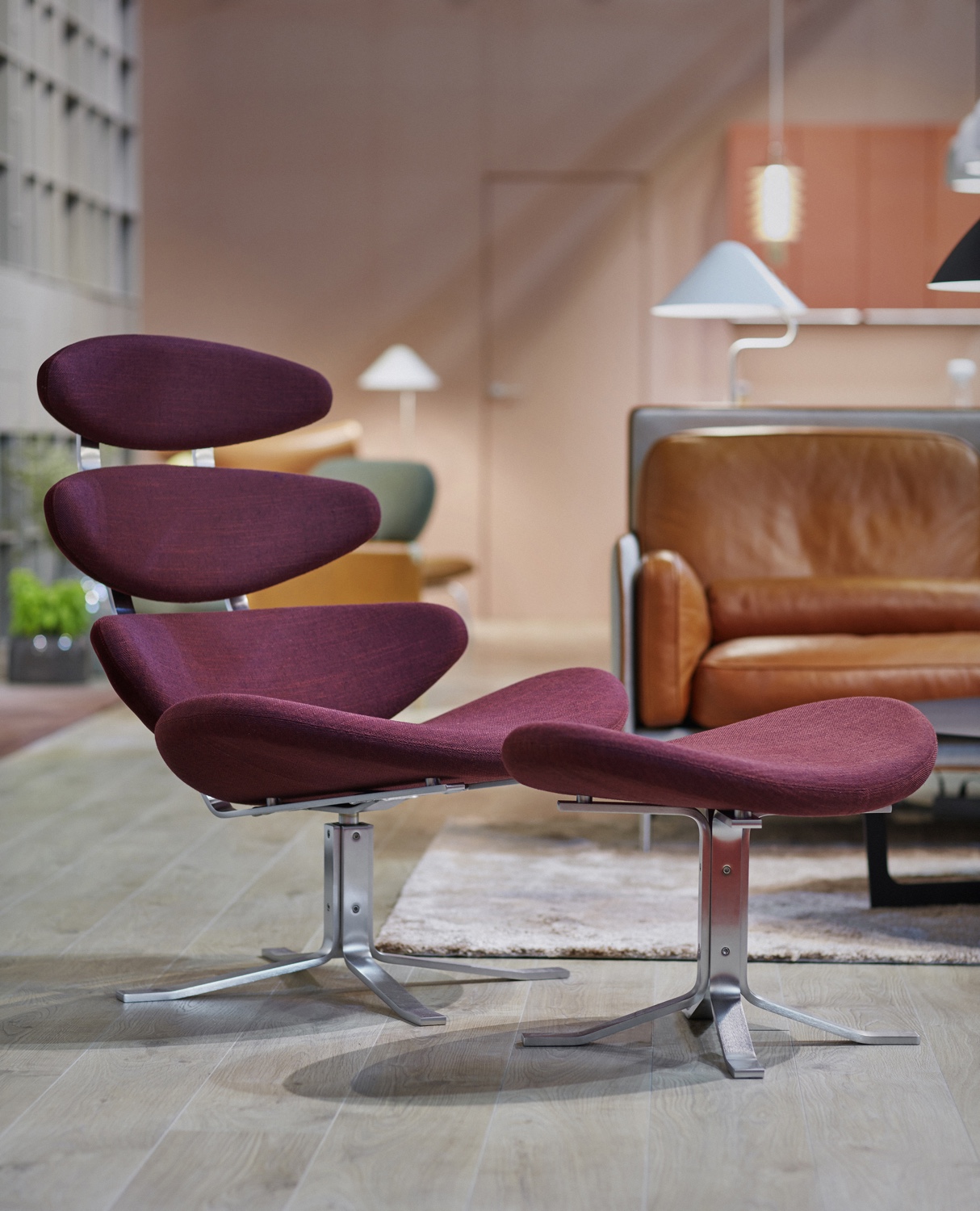
Designs by Johannes Foersom and Peter Hiort-Lorenzena
In the 1980s, Erik Jørgensen entered the contract market, discovering new and exciting developmental possibilities. Working with (the now distinguished, then much younger) Danish design duo Johannes Foersom and Peter Hiort-Lorenzena, Erik Jørgensen launched the flexible, high-backed Rotor sofa and chaise longue (in 1983), followed by the visual, business-oriented Pipeline modular system (in 1984). Foersom and Hiort-Lorenzena went on to design other pieces for Erik Jørgensen, including the playfully animated Eyes series of chairs and the modern, elegant Flamingo chair.
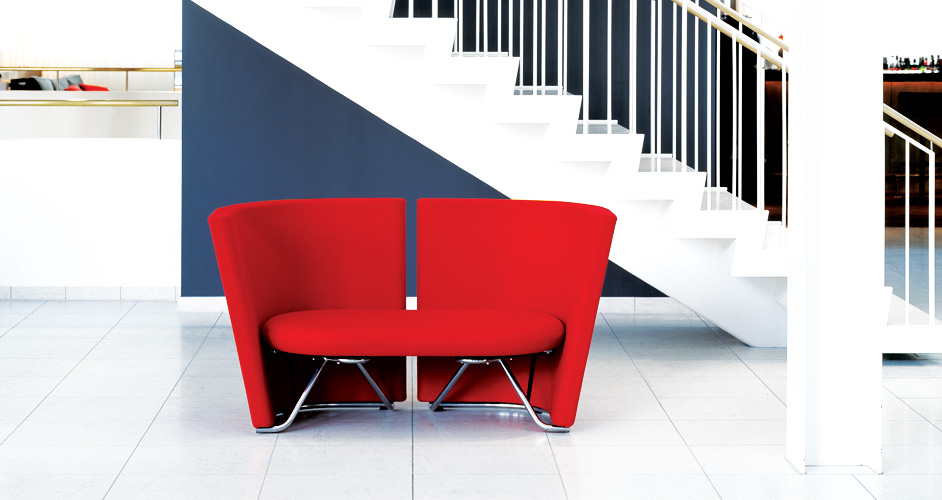
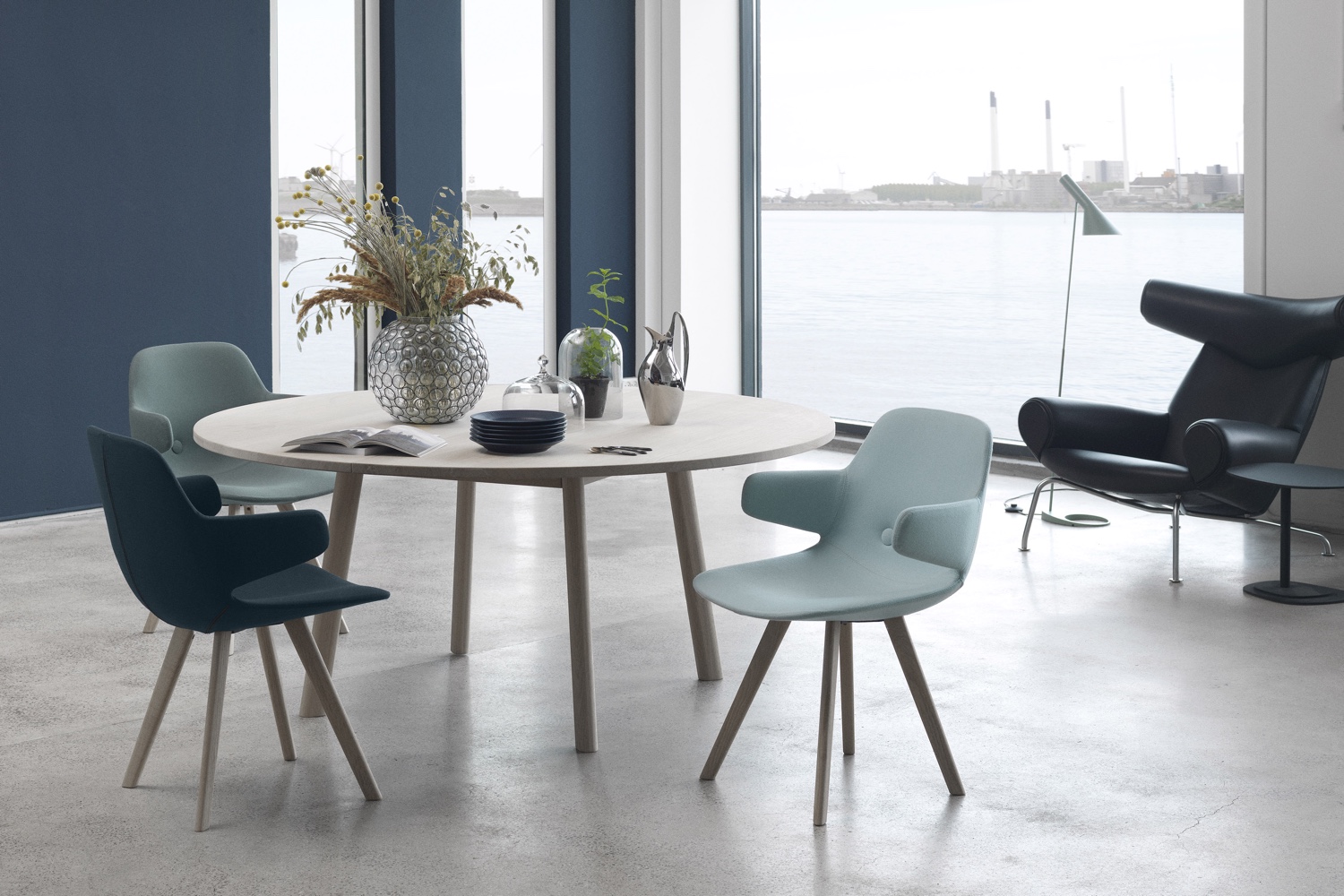
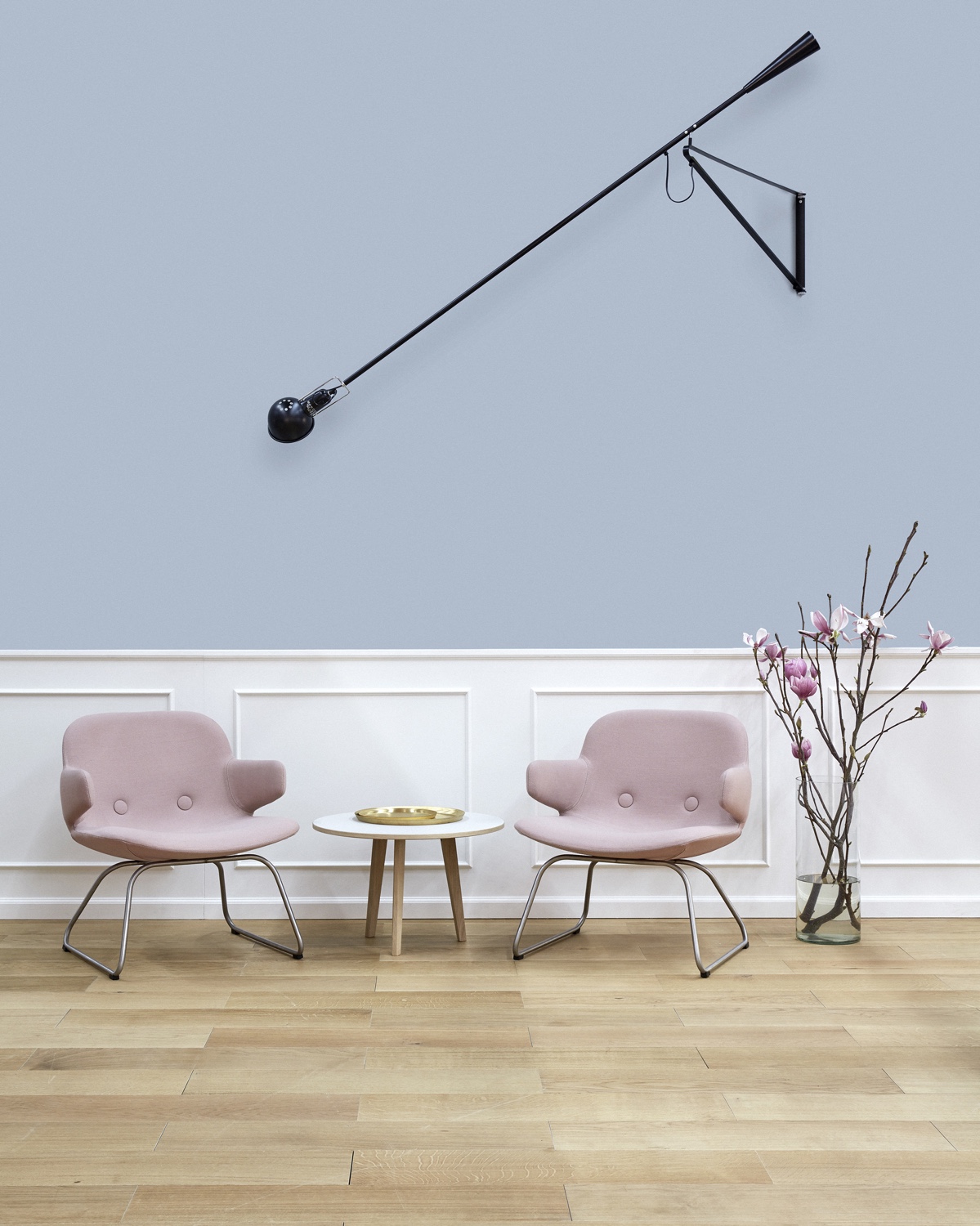
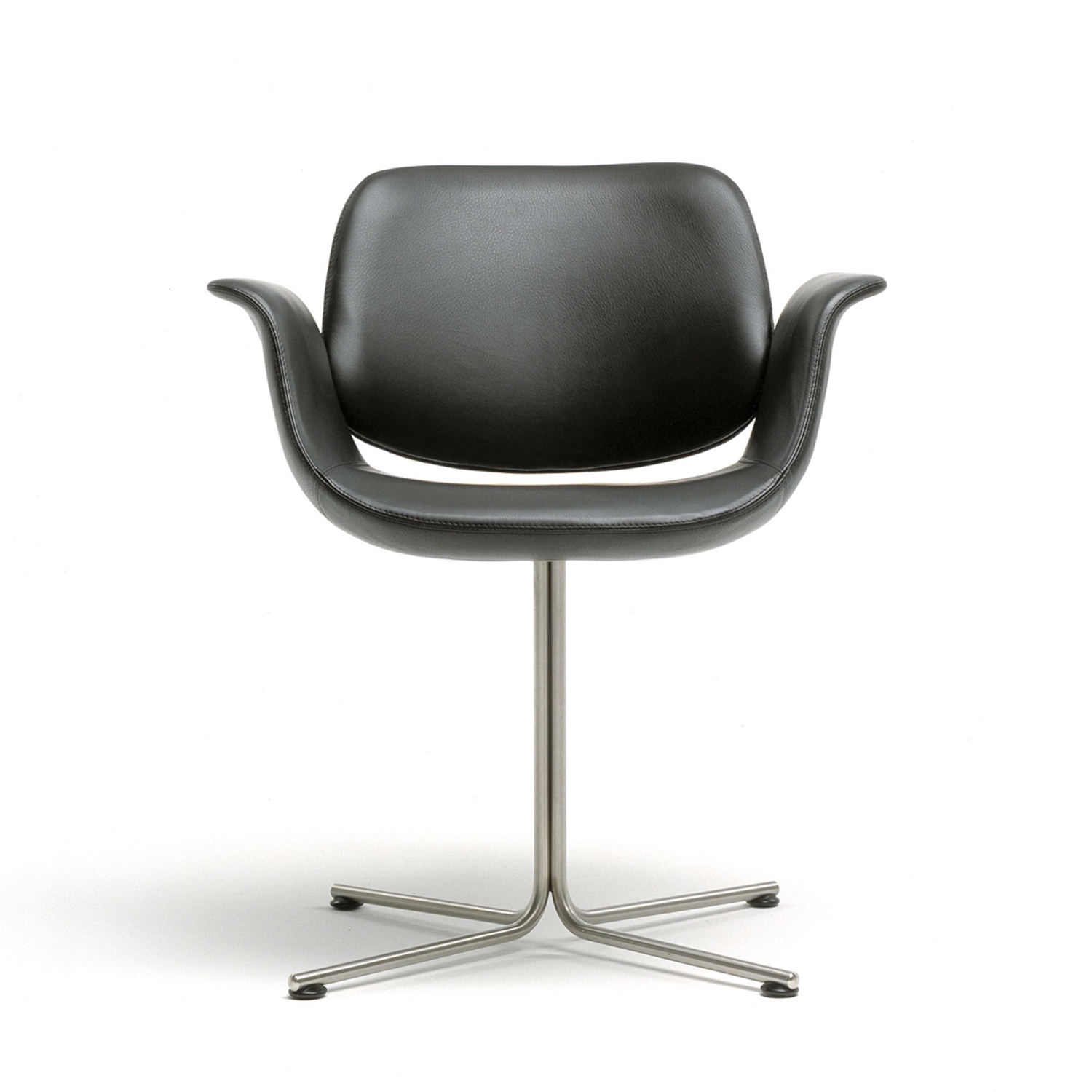
EJ 315 sofa
In the late 1990s, Erik Jørgensen once again turned its attention to the consumer market (while retaining a foothold in the contract market). The somewhat restrained and functional EJ 315 sofa, designed in 1975 by Erik Ole Jørgensen (not to be confused with company proprietor Erik Jørgensen), was well received. The EJ 315 is a sofa whose face changes depending on its upholstery, from decadent leather to bourgeois fabric. Yet, there is no denying the extent of craft and skill applied in the making of this formidable piece. In the years that followed, Erik Jørgensen would launch further designs ideally suited to the home environment.

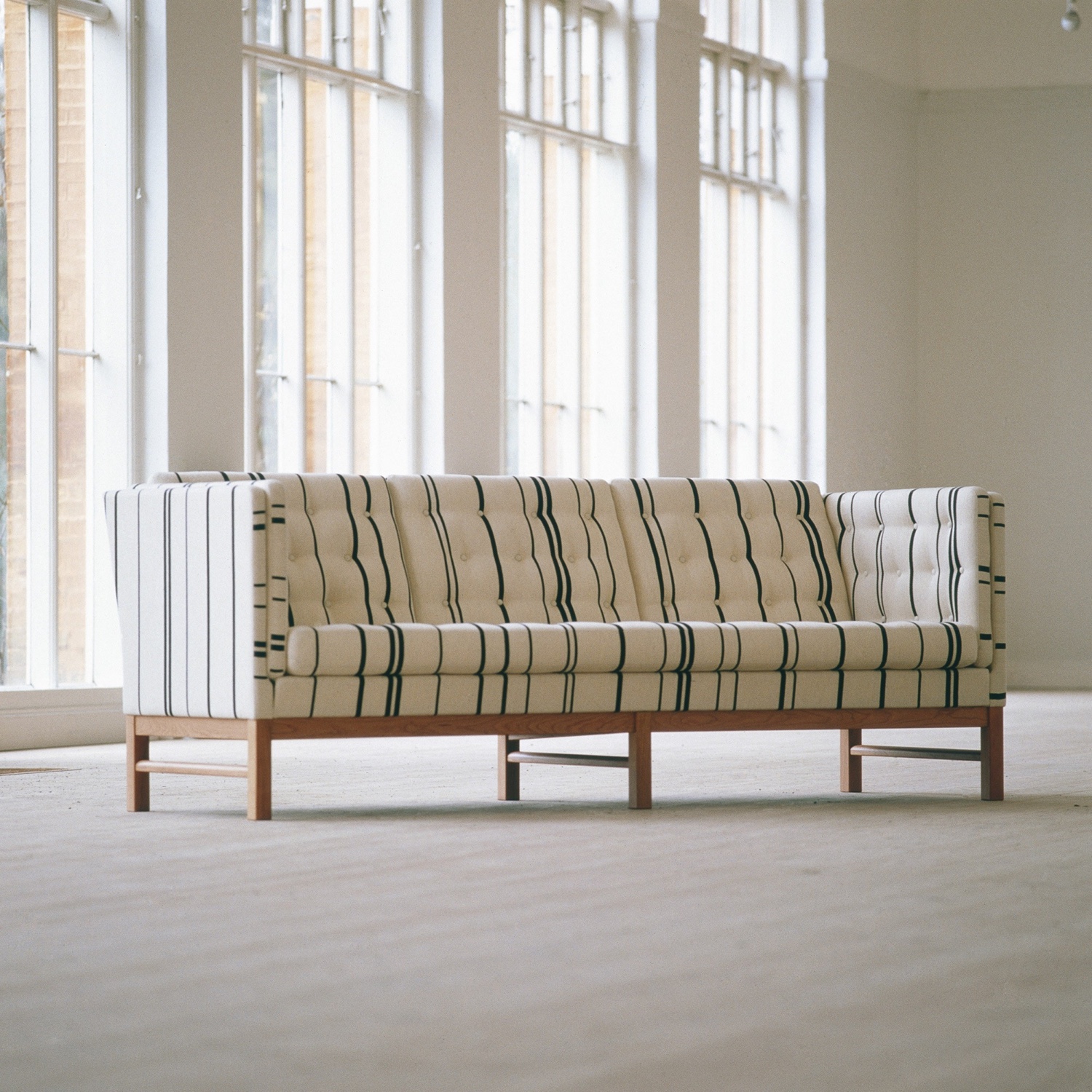
Asko easy chair
Erik Jørgensen passed away in 1998, and his sons Niels and Ole took over the company. With its firm grounding in craft and making, Erik Jørgensen began to look to the future, collaborating with a new breed of established and upcoming designers, including: Monica Förster, Andersson & Voll, Anne Boysen, GamFratesi, Louise Campbell and Patrick Norguet. French designer Patrick Norguet’s Asko easy chair for Erik Jørgensen is likely to be the brand’s next classic. The chair is named after the small Danish island of Askø: Norguet felt it perfectly connected Danish history and design, and sounded good in French. Norguet explains: ‘Asko is a contemporary reinterpretation of an emblematic brand where quality craftsmanship meets modernity.’
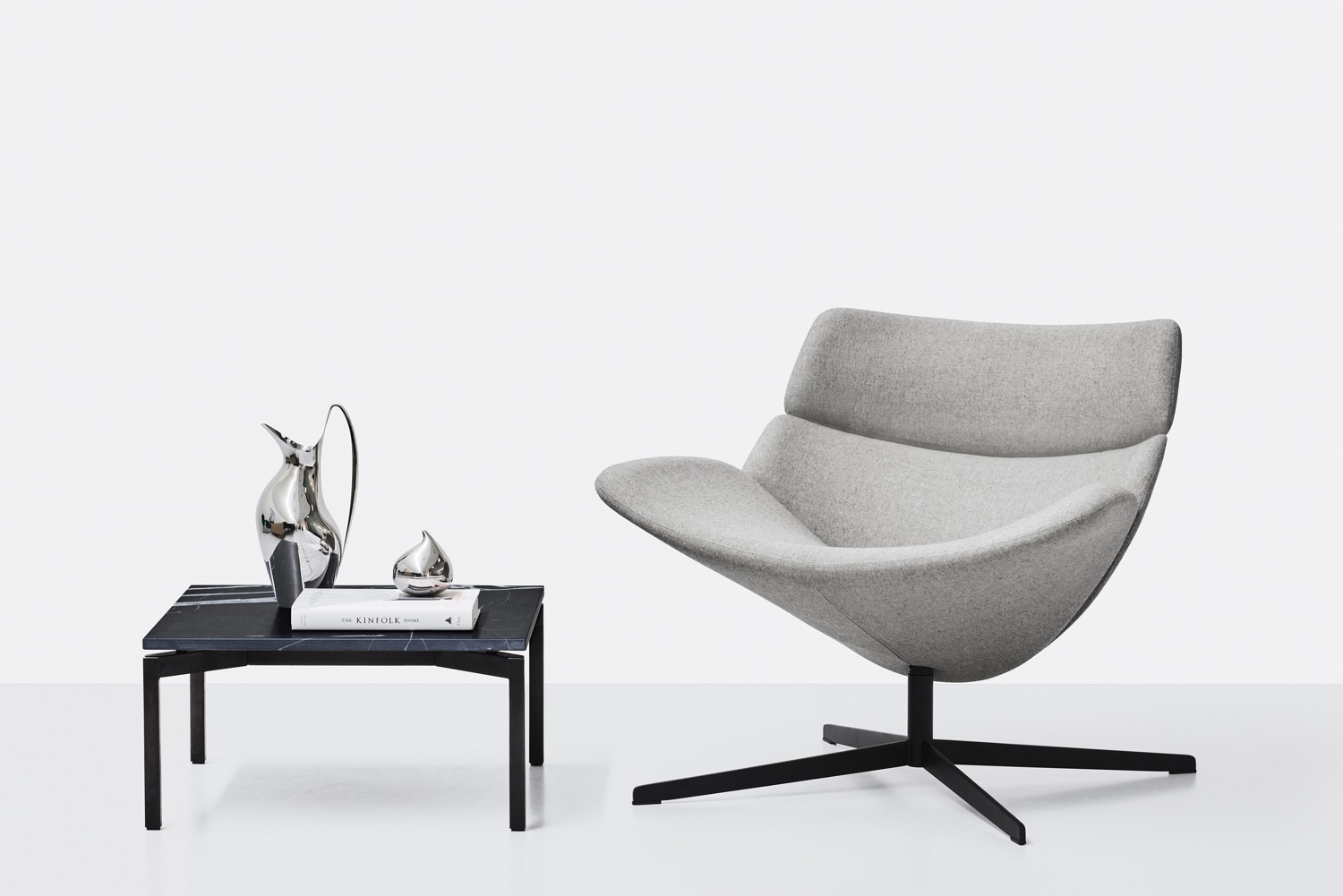
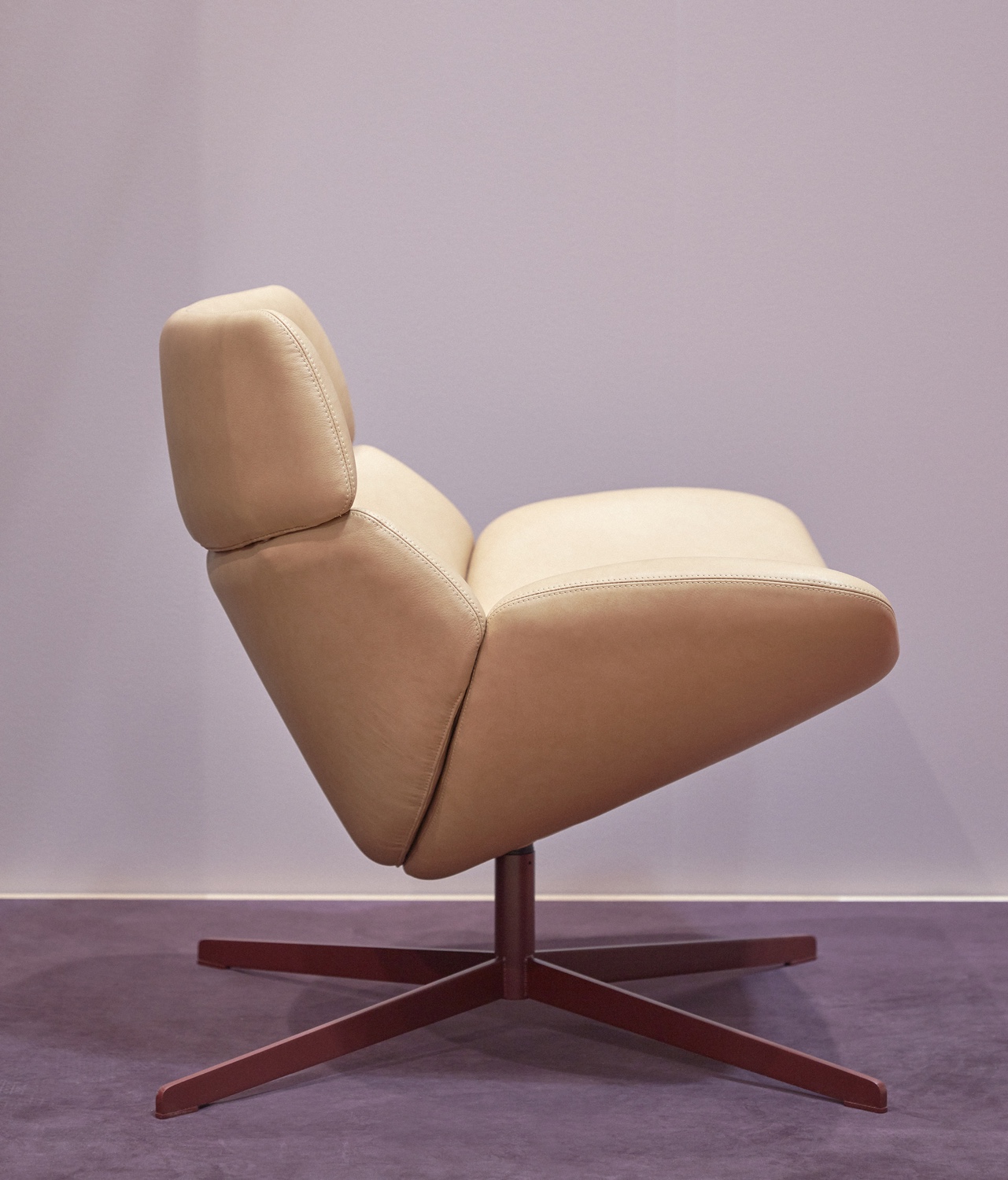
Erik Jørgensen Møbelfabrik’s new Copenhagen home showroom
Today, Erik Jørgensen Møbelfabrik is expanding with a new home showroom in Copenhagen (in a building where Danish author Hans Christian Andersen once lived for a short time). In a bid to display its classics and new items with aplomb, four rooms have each been designed with a bold and different theme: The Office, Botanical Garden, Tranquility and The Blue Room. The home showroom, on Copenhagen’s prominent Bredgade street, will doubtless cement Erik Jørgensen’s place as a purveyor of quality Danish furniture design.
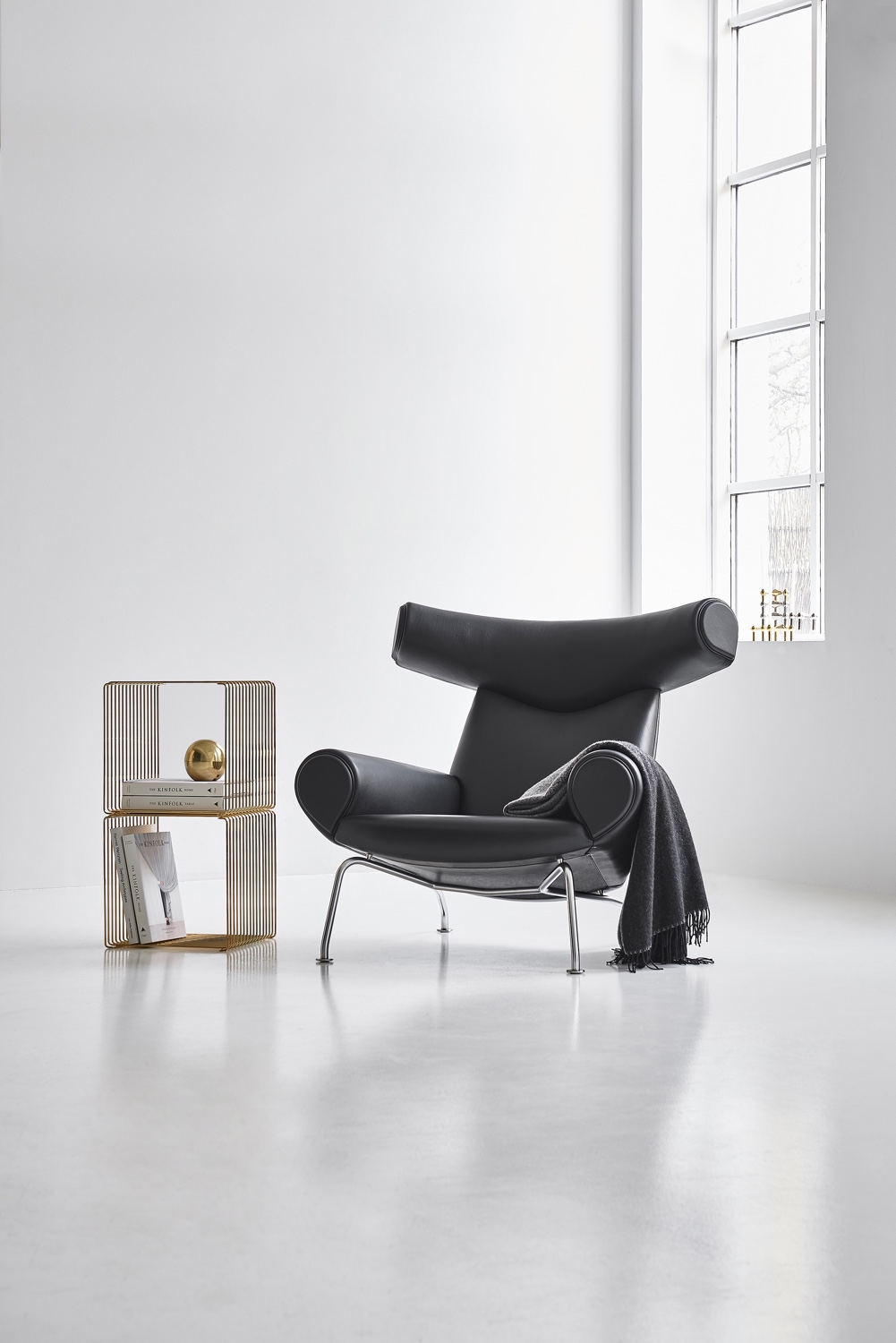
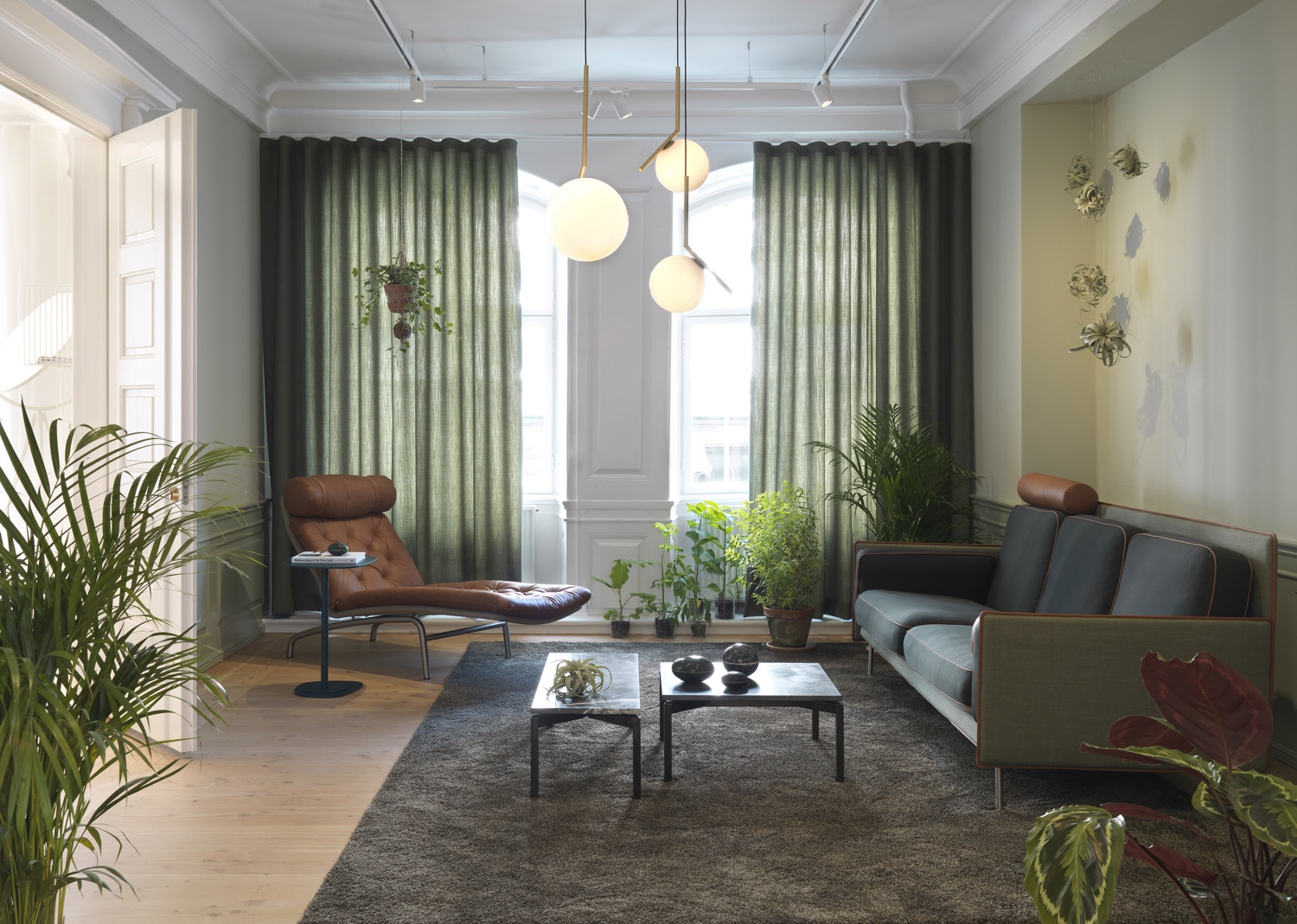
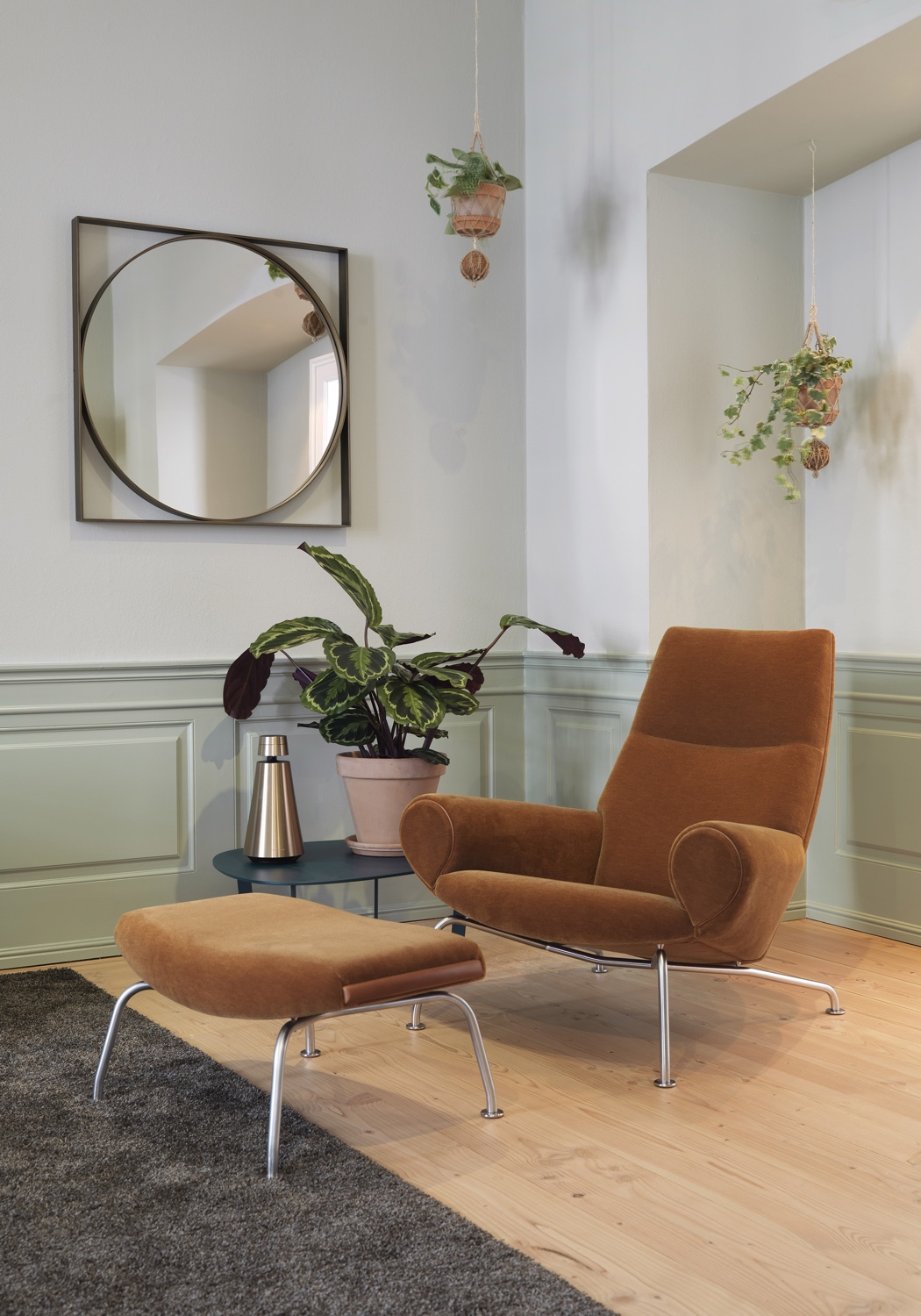
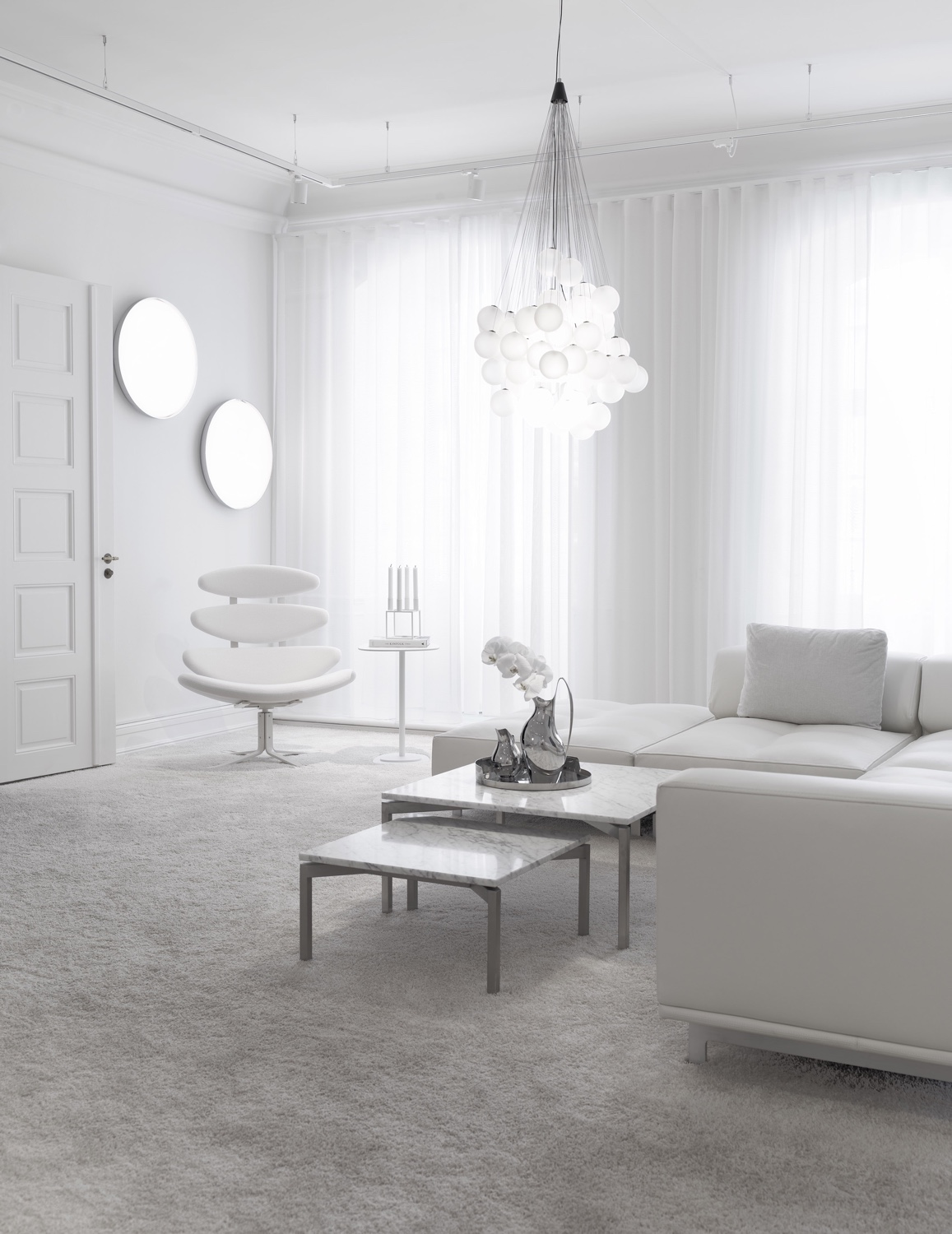
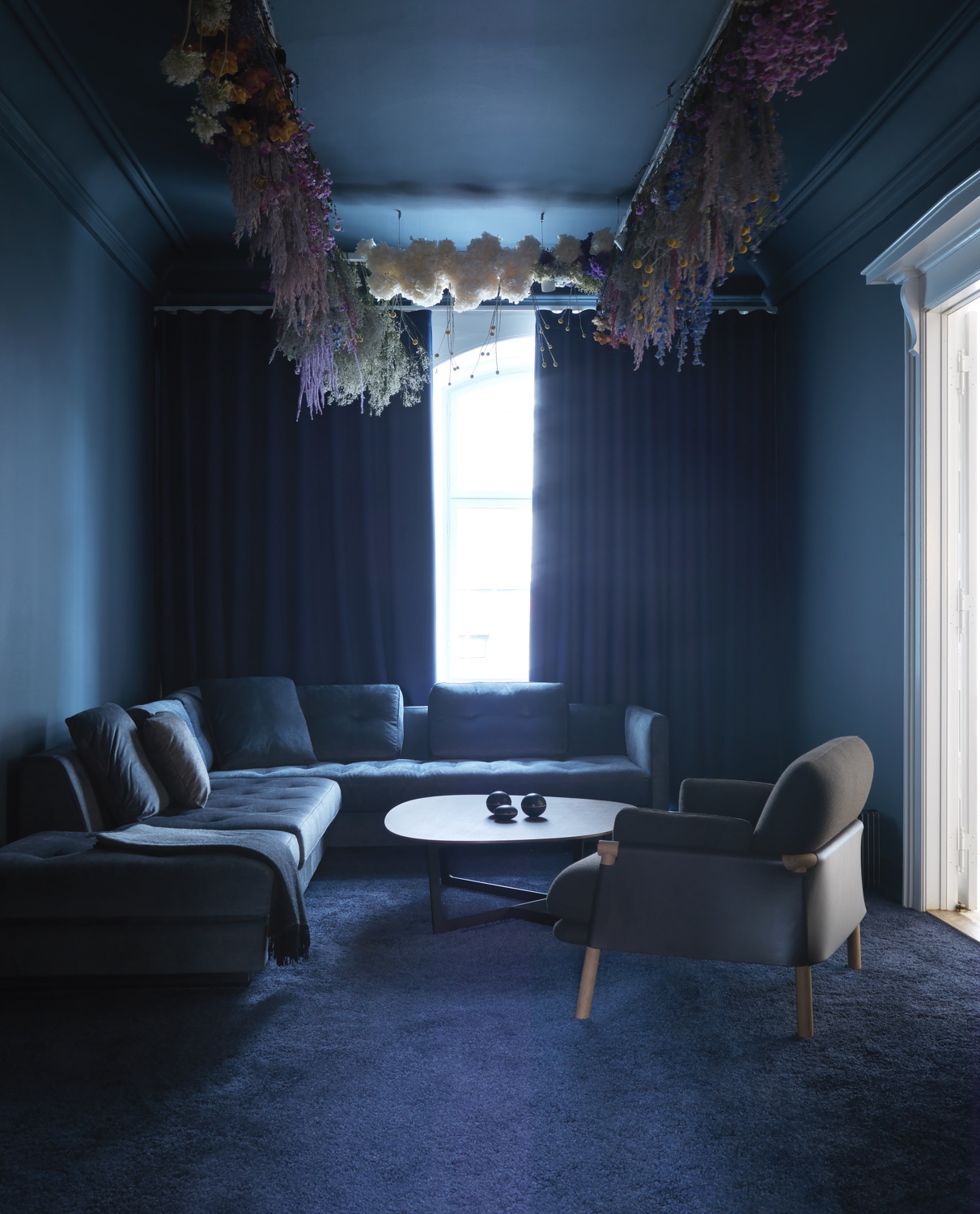
All photos courtesy of Erik Jørgensen Møbelfabrik A/S.

